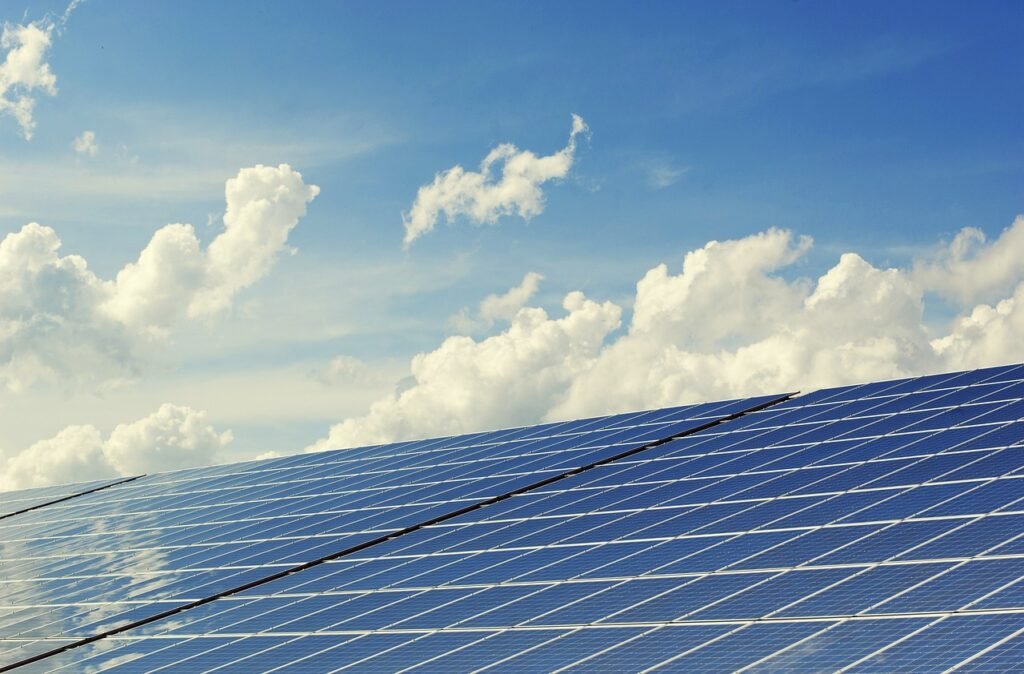Introduction
In today’s fast-paced technological landscape, innovations continue to emerge that promise to reshape entire industries. One such innovation is the XCV panel, a cutting-edge technology that is rapidly gaining attention for its versatility, efficiency, and sustainability. Whether in the realm of construction, data transmission, or solar energy, XCV panels are proving to be a game-changer.
What is an XCV Panel?

The term “XCV panel” refers to a category of advanced panels that serve various purposes across different industries. The acronym “XCV” stands for “eXtreme Capacity and Versatility,” highlighting the panel’s ability to handle complex tasks while offering broad applicability. These panels are particularly noted for their high efficiency, durability, and environmentally friendly characteristics, making them an attractive choice for both technological and construction applications.
Applications in Construction

In the construction industry, XCV panels have emerged as a superior alternative to traditional building materials. Their primary advantage lies in their multi-layered structure, typically comprising a core of high-performance insulation sandwiched between two layers of structural board. This design not only enhances thermal efficiency but also provides exceptional structural strength.
These panels are being utilized in residential, commercial, and industrial buildings, offering benefits such as:
- Energy Efficiency: XCV panels significantly reduce the need for heating and cooling, resulting in lower energy consumption and cost savings over time.
- Durability: They are engineered to withstand extreme weather conditions, making them ideal for use in diverse environments.
- Eco-Friendliness: Made from recycled materials and designed to last for decades, XCV panels contribute to sustainable building practices by minimizing environmental impact.
Technological Innovations in XCV Panels
Beyond construction, XCV panels are at the forefront of technological advancements in data transmission and energy sectors. These panels are integral in the following areas:
- Data Transmission: XCV panels facilitate rapid data transfer, a crucial function in telecommunications and data centers. Their ability to handle high-speed data efficiently makes them ideal for emerging technologies like 5G and the Internet of Things.
- Solar Energy: While distinct from traditional solar panels, XCV panels can complement solar energy systems by enhancing the efficiency of data management in solar farms. This synergy between XCV and solar technologies exemplifies the panel’s adaptability and potential for innovation.
- High-Performance Computing: XCV panels support demanding computational tasks by providing a robust infrastructure that ensures seamless data flow and processing, crucial for fields like artificial intelligence and virtual reality.
Installation and Maintenance
One of the notable benefits of XCV panels is their relatively easy installation process. Their lightweight design allows for quick and efficient installation, reducing labor costs and project timelines. However, while some homeowners may opt for a DIY installation, professional installation is recommended to ensure optimal performance.
Maintenance of XCV panels is minimal, requiring only regular cleaning and occasional inspections to maintain their longevity. This low-maintenance aspect further enhances their appeal as a cost-effective solution in the long run.
Future Developments
The future of XCV panel technology is bright, with ongoing research aimed at enhancing their capabilities. Innovations on the horizon include:
- Increased Data Speeds: Development of XCV panels capable of handling even faster data transmission rates, potentially up to 400 Gbps, suitable for next-generation networks and quantum computing.
- Smaller, More Efficient Designs: Efforts are underway to reduce the size of XCV panels while increasing their efficiency, making them more suitable for space-constrained environments like dense urban centers and data hubs.
- Advanced Security Features: As data security becomes increasingly critical, XCV panels are expected to incorporate more sophisticated security protocols to protect sensitive information.
Conclusion
The XCV panel represents a significant leap forward in both construction and technology. Its blend of efficiency, versatility, and sustainability positions it as a vital component in the future of various industries. As innovations continue to emerge, XCV panels are likely to play an increasingly important role in creating a more connected, efficient, and sustainable world.


